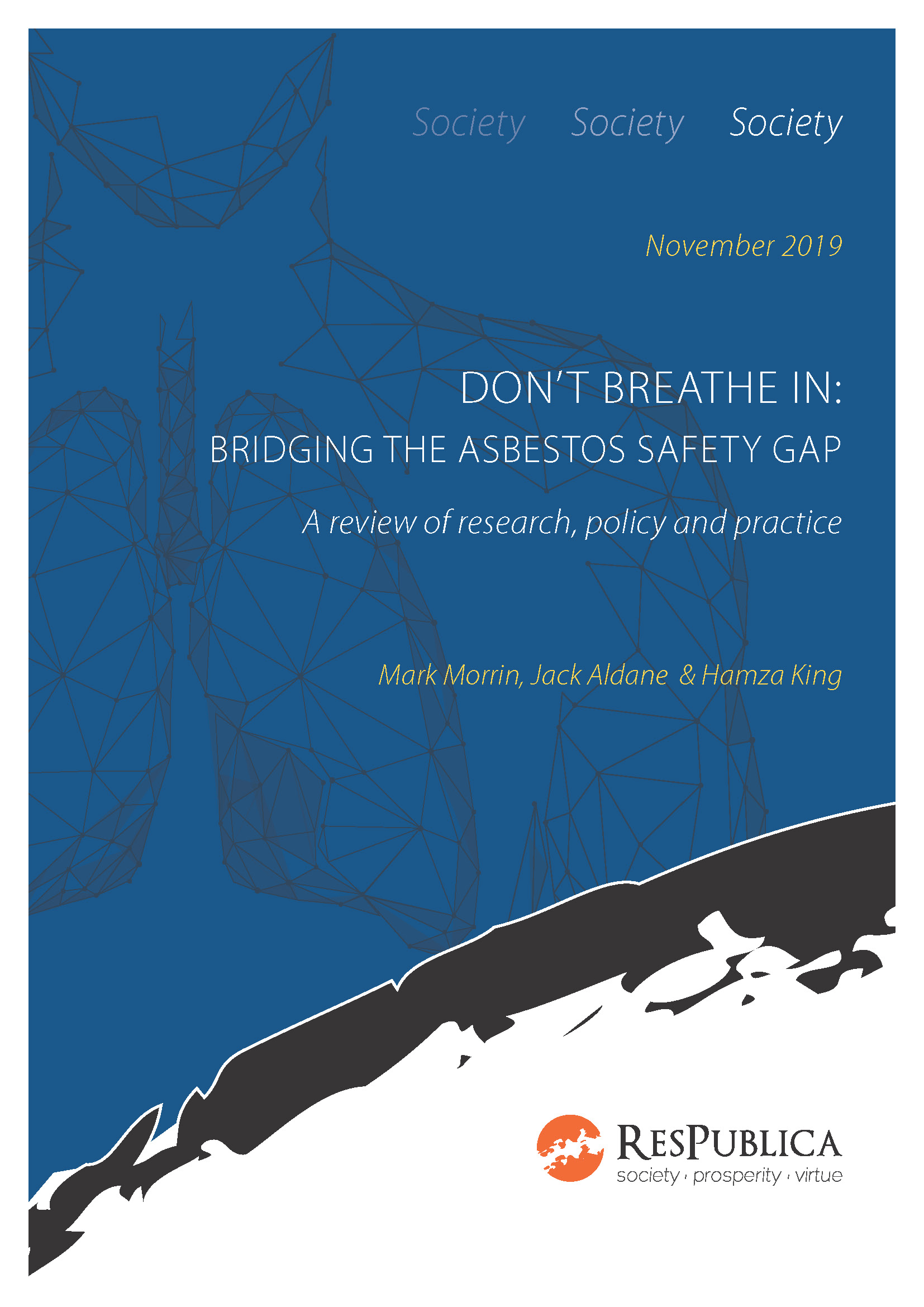Don’t Breathe In: Bridging the Asbestos Safety Gap

Publication Details
Airtight on Asbestos – A campaign to save our future
On the 24th of November 1999, the United Kingdom banned the use of asbestos. Twenty years later and this toxic mineral still plagues public health,...


